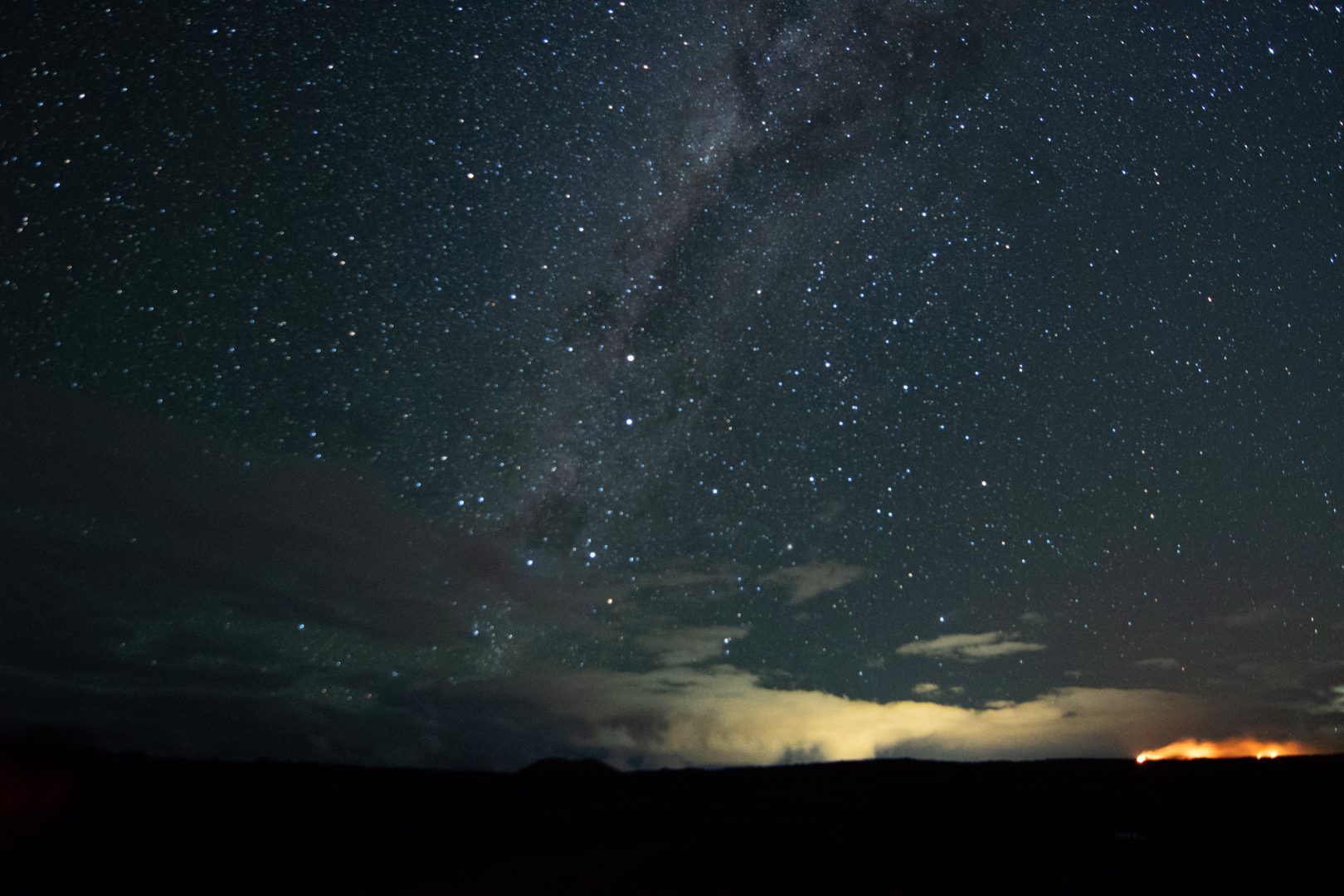The Unexpected Side of Easter Island
Easter Island is probably best known for its moai, the enormous and mysterious stone heads that cover the island, but on my last trip there I spent 10 days digging into the more unexplored and unexpected parts of the island. While a full two days is sufficient to explore the moai and the highlights of the over 30,000 pieces of archaeological artifacts, a couple extra days there are necessary if you want to really soak in the most remote inhabited island in the world. The natural beauty of its rugged cliffs, craters, and green hills is stunning, and the hikes that often allow you to see the entire island laid out before you are hard to find elsewhere on the planet.

Vai Atare
Rano Kau, the island’s largest crater that comprises the entire southwestern tip of the island, is mostly known for the ceremonial village of Orongo that clings to its western side. Vai Atare, the eastern and much less explored side of the crater is a must-do. In the 1-2 hours it takes to hike from the main viewpoint all the way around to the far side of the crater, I saw only one other hiker the whole time. It was a magical experience to sit on the rim of the crater and contemplate how there was nothing else in front of me for thousands of miles. You also have a direct view to the cliffs that the athletes taking part in the Birdman competition would climb down and the motus (islands in the native Rapanui language), that they swam to.

The Poike Peninsula
The hilly green peninsula in the northeastern corner is the oldest of the three volcanoes that formed the island. It’s no longer open to vehicles, so it’s become largely untouched except for a handful of occasional hikers. This hike is one of the more challenging options but will take you up and around the three distinct mounds on the peninsula, where you’ll see a few remains of moai, dramatic cliffs that drop into the ocean, a small eucalyptus forest, sweeping views of Rano Kau all the way across the island, before finally reaching the spectacular ending – as you descend from the peninsula you’ll be able to see Tongariki, the largest platform of 15 moai, from a much less common viewpoint.

Northern Coast
My day spent hiking along the most remote corner of the most remote island in the world was the most unforgettable. Completely untouched, with no roads and no infrastructure whatsoever, you’ll be able to see moai and caves left exactly as they were centuries ago. This is a full day hike, about 6-7 hours, but is very easy going and ends on the white sand beach of Anakena. While the other two hikes could be done on your own, a knowledgeable guide is very important for this hike. Even though this part of the island is covered with artifacts, like an open-air museum of sorts, they can be difficult to pick out and it’s very easy to walk right past them. Easter Island is tiny, but walking along this part of the coast still created a sense of total separation and isolation from the rest of the island.

Stargazing
An island this remote, with just one town in one corner of the island, means the skies are ink black at night and the perfect place to see every detail of the Milky Way spread in a magical arc over you. A nighttime tour with local experts means that you’ll learn the myths and legends of the first inhabitants of the islands and how their incredible navigational prowess guided them to the island in the first place. We looked through a telescope to see the rings of Saturn crystal clear, and ended the trip at Anakena beach.
Experiencing the beauty and isolation of this tiny dot of land in the middle of the ocean is well worth including in your South America itinerary – though it should be experienced as its own destination rather than a side trip. It was, after all, the center of the world long ago.